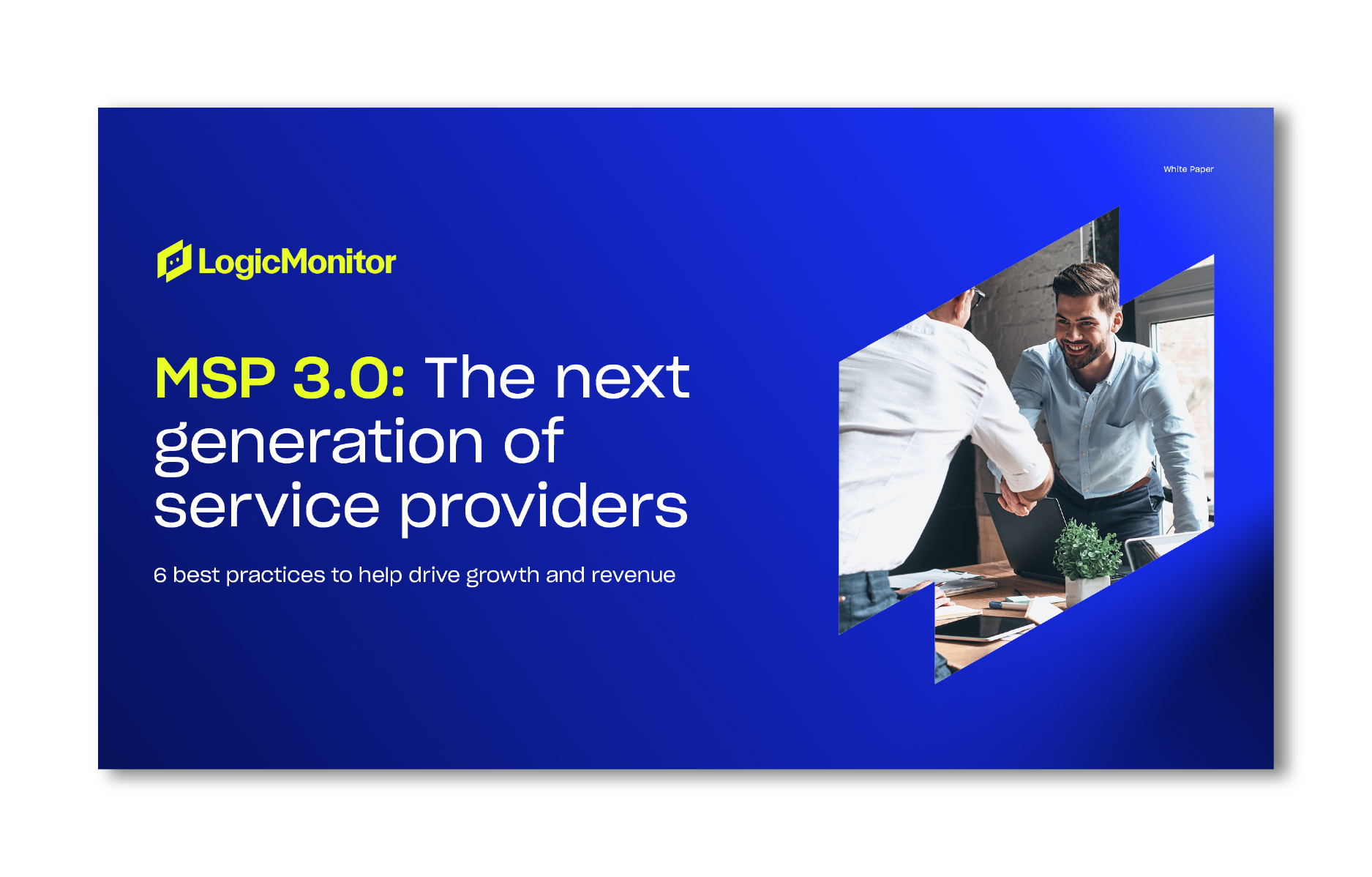whitepaper
When it comes to the concept of “the bigger the better,” your business needs to adapt and transform across the board via automation and optimization. From ISO audits to systematic processes, provisions that adhere to DevOps create a successful service provider that is readily able to scale. The answer does not reside in hiring a slew of hardcore coders, but rather a script and cohesive system for your internal team to create, implement and abide by. Treat customers with a professional attitude, rather than an abbreviated solution, and install an environment that unites skill sets, rather than segregates them. Converse about applications and productivity, and do so through well thought-out automated and optimized approaches.




